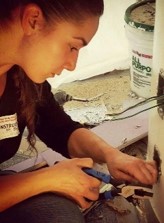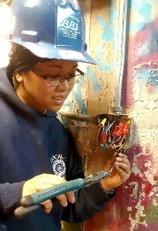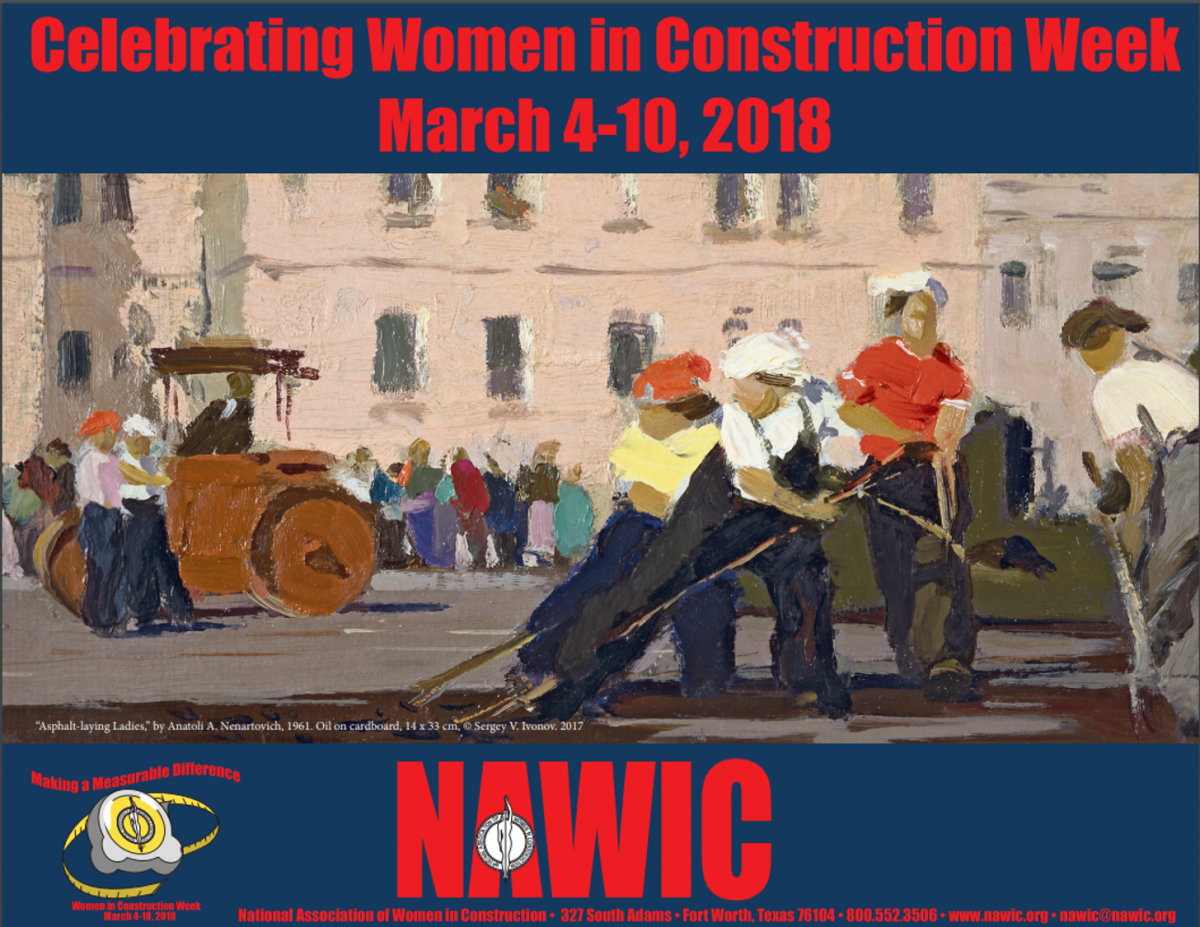When the U.S. experienced industrial labor shortages during World War II, women marched forward, joining the workforce and picking up the broken pieces left behind in the skilled trades. Rosie the Riveter revolutionized the perception of gender roles, inviting more women to take on jobs such as welding, machine operating and other hands-on, skilled positions. Most women fell – or were pushed – out of the trades when the wartime labor demand waned, however, and have yet to match that level of representation in the trade industries since.
Despite an 81.3 percent growth rate between 1985 and 2007, women are noticeably underrepresented in the U.S. construction industry. Today, just three percent of all U.S. construction workers are women. Because of this, the National Association of Women in Construction (NAWIC) continues to grow and foster a supportive network. The NAWIC helps to provide women with the resources needed to be successful in the trades, including opportunities for professional development, advanced education, networking, leadership training and more.
NAWIC celebrates Women in Construction Week (March 4 – March 10, 2018) and contributes to the
overall awareness surrounding women as a vital component of the construction industry.
More women are entering the trades and realizing that a barrier lies specifically in the safety and health issues that only female workers experience, including ill-fitting protective equipment, workplace violence, lack of mentoring and more. An alliance between OSHA and NAWIC helps to find solutions to these issues, but there’s still more to do. Improving work conditions and implementing further precautions would help address the current skills gap, retain more female workers and diversify jobsites.
Today, Klein Tools takes the time to highlight some of the daily challenges tradeswomen face, so we can work together to make our jobsites safer.
Increased Risk Potential
Personal protective equipment is designed to do just that – protect workers from a variety of hazards. Unfortunately, many tradeswomen work in ill-fitting gear due to a lack of availability and awareness. Some contractors are unaware of where to find specially designed equipment and fail to meet their obligation to protect employees.
Even jobsite essentials, such as work gloves and boots, can be hard to find in the correct sizes. Imagine having to use work gloves that are two sizes too big. There’s a greater potential for snagging moving parts and injuring the user. All of this ill-fitting equipment compromises personal safety and reverses the intended use by creating additional risks on the job.
Handed-Down Hostility
According to a survey conducted by the National Institute for Occupational Safety and Health, 41 percent of female construction workers reported experiencing gender harassment. Others reported cases of sexual harassment. Physical threats and other dangerous situations are distracting and potentially life-threatening on jobsites. Not to mention, the intimidation and overall stress female workers face because of hostile work environments can push tradeswomen out of their jobs.
Contractors have the responsibility of maintaining safe, productive work environments, but essential safety information and workplace conduct guidelines are not always passed on to those that would benefit most from them. With efficiency as a priority, some tradespeople choose to opt out of safety and conduct trainings if they are not mandatory, but that may cause larger issues with productivity.
 Apprentices pick up on behaviors they see, so if they see their supervisors and peers disrespecting anyone on the jobsite, it keeps hostility in the industry. If more experienced tradespeople set examples by supporting the training and education of all qualified workers, regardless of gender, knowing how to foster a safe and hospitable jobsite will become a tradition that is passed down alongside your Kleins, from generation to generation.
Apprentices pick up on behaviors they see, so if they see their supervisors and peers disrespecting anyone on the jobsite, it keeps hostility in the industry. If more experienced tradespeople set examples by supporting the training and education of all qualified workers, regardless of gender, knowing how to foster a safe and hospitable jobsite will become a tradition that is passed down alongside your Kleins, from generation to generation.
Missing Mentorships
Because there are so few women in the construction industry, many have never worked alongside another woman. Apprentices learn important lessons, including tips and tricks that may come naturally to an experienced tradesperson, through observation rather than direct instruction. Unfortunately, tradeswomen may struggle more than their male counterparts to find a willing mentor, especially one who understands the unique challenges they can face just by walking onto a jobsite. Whether the environment is unfriendly or outright hostile, women can miss out on valuable learning opportunities, limiting their ability to maximize their training.
While there is still a gender divide within skilled trades, women have done it before, and they will do it again. Our sisters will continue to knock down these barriers, as they have for over 70 years, and make history while doing so.
What does your company or trade school do to help increase diversity on the job and address the skills gap? Share it with us on social media!

